Bursting tomatoes?
McCutchan
9 years ago
Related Stories
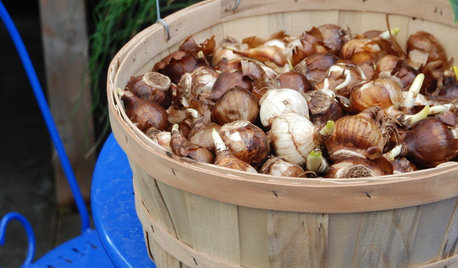
REGIONAL GARDEN GUIDESNortheast Gardener's February Checklist
Follow your passions during the month of love with bursts of your favorite colors and fragrances via indoor plants
Full Story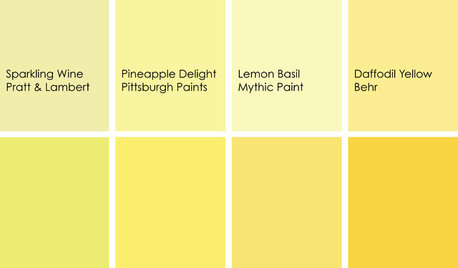
KITCHEN DESIGNCooking With Color: When to Use Yellow in the Kitchen
Perk up your kitchen with a burst of Pineapple Delight or a dollop of Top Banana on the walls, cabinets or countertops
Full Story
SPRING GARDENINGSummer Crops: How to Grow Strawberries
Pluck your own sweet strawberries right from the garden vine for smoothies, salads or eating then and there
Full Story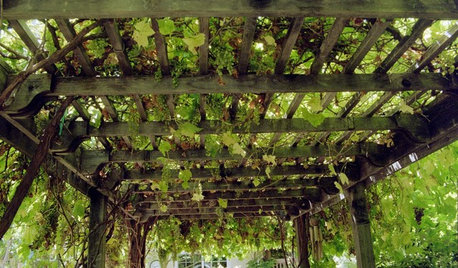
GARDENING AND LANDSCAPINGVertical Gardens Raise the Limits for Landscapes
Turn a small garden space into a towering success with an upward-bound collection of edible delights
Full Story
LANDSCAPE DESIGNNatural Swimming Pools: More Beauty, No Chemicals
Keep your skin and the environment healthy with a pool that cleans itself, naturally
Full Story
SHOP HOUZZHouzz Products: Summer Color for the Patio
Set a sunny, happy outdoor scene with accessories and furniture in sea blue and sunset orange
Full Story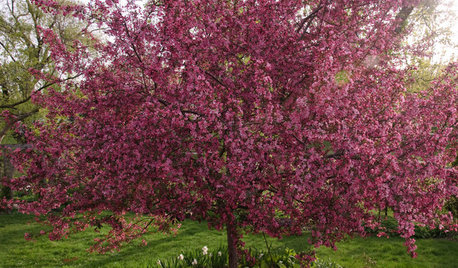
GARDENING GUIDESGreat Lakes Gardener's May Checklist
Let's talk about brilliant flowering trees. About blooms to light up a shade garden. And, of course, about everyday garden tasks
Full Story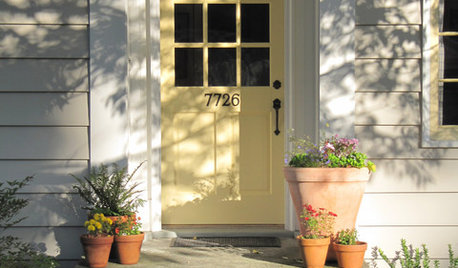
GARDENING AND LANDSCAPINGSpring Checklist: Freshen Up Your Home's Curb Appeal
Step outside and use these tips to show off your home to its best advantage this spring
Full Story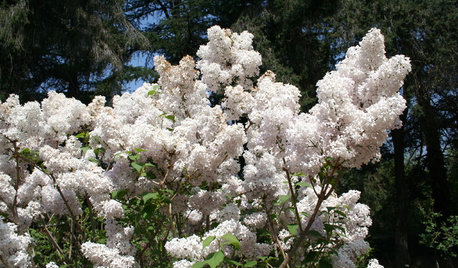
REGIONAL GARDEN GUIDESPacific Northwest Gardener: What to Do in April
Get ready for annual flowers and watch out for snails to ensure a bountiful garden now through summer
Full Story
EDIBLE GARDENSHow to Grow Your Own Sweet Summer Crops
This guide will help any gardener get started on growing the freshest warm-season veggies and berries for summer
Full StorySponsored
More Discussions







Okiedawn OK Zone 7
Okiedawn OK Zone 7
Related Professionals
Signal Hill Landscape Architects & Landscape Designers · Walnut Landscape Architects & Landscape Designers · Burlington Landscape Contractors · Westwood Landscape Contractors · White Bear Lake Landscape Contractors · Silver Firs Landscape Contractors · North Hills Landscape Contractors · Fort Mill Decks, Patios & Outdoor Enclosures · Huntington Decks, Patios & Outdoor Enclosures · Pittsburgh Decks, Patios & Outdoor Enclosures · Reading Decks, Patios & Outdoor Enclosures · Rocklin Decks, Patios & Outdoor Enclosures · St. Louis Decks, Patios & Outdoor Enclosures · Tomball Decks, Patios & Outdoor Enclosures · Westfield Decks, Patios & Outdoor EnclosuresMcCutchanOriginal Author
Okiedawn OK Zone 7
AmyinOwasso/zone 6b